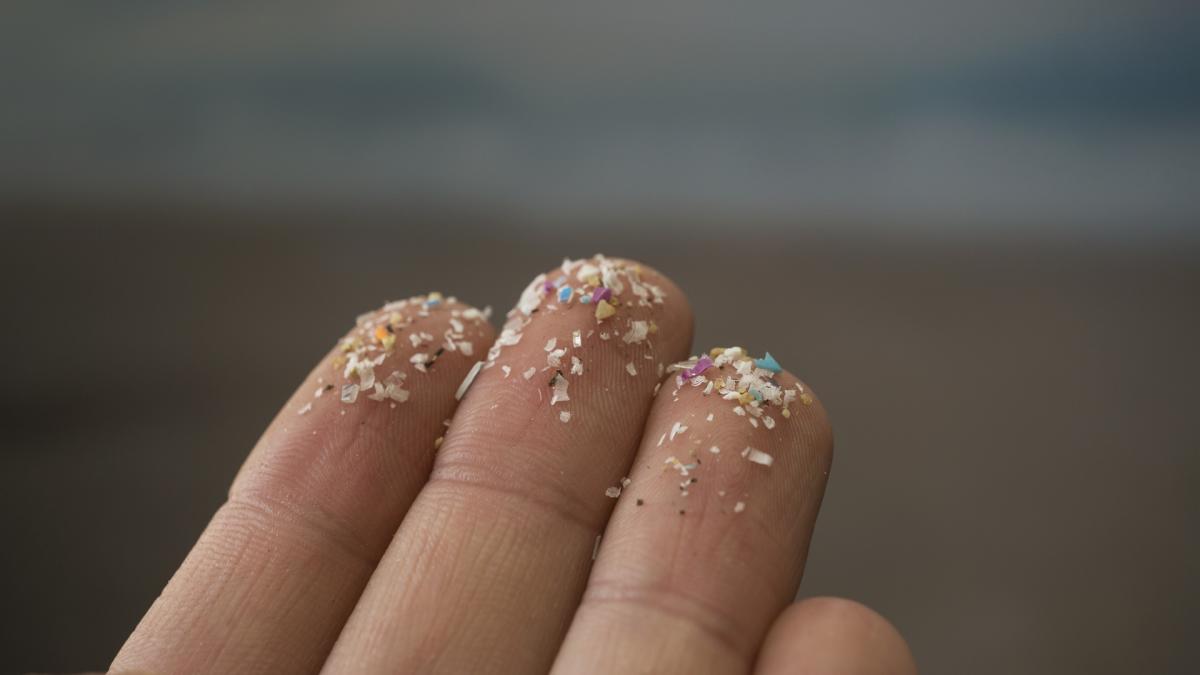New research shows that wind carries microplastics from wastewater in much larger quantities than scientists initially thought.
As the UCLA Samueli School of Engineering reported, the microplastics studied came from agricultural fields where treated sewage sludge was used as fertilizer. The UCLA study also found that these pollutants are harmful to humans when inhaled.
What is going on?
Sanjay Mohanty, associate professor, led the research team that discovered new evidence on the transfer of microplastics from wastewater. Using portable wind tunnels, they collected sediment samples from fields in Lind, Washington, and published their findings in the American Chemical Society’s Environmental Science & Technology Letters.
“The lower density of microplastics is one of the reasons that they are more likely to be picked up and dispersed by the wind than soil particles of the same size,” Mohanty said in a university press release.
He explained: ‘They also have a weaker ability to bind liquid bridges – a mass of fluid that holds particles together – than soil particles. These two properties make microplastics easier to lift than the ground they sit on, resulting in the increased concentration of microplastics in the wind.”
Why is this study important?
The discovery of this level of microplastic transfer is alarming as it indicates that wind is picking up microplastics 269% more often than predicted.
Look now: High-speed trains can cut an hour’s commute to 15 minutes – so why isn’t this more common?
Even the smallest microplastics, less than 5 millimeters in length, are believed to pose risks to human health if released into the air. Microplastics have been linked to lung disease, pregnancy complications and reproductive organ problems. They are invasive and ubiquitous in our environment, found virtually everywhere we live, work, eat, drink and breathe.
What is being done against microplastics?
Ongoing scientific research into microplastics is essential to educate the public about their risks and encourage the reduction of plastic pollution and production.
“Our study has the potential to help improve tracking and understanding of microplastic emissions by improving models used for environmental or human health risk assessments,” Mohanty said in the report.
How much effort are you willing to put into reducing the amount of plastic and toxins in your home?
I’ll do whatever it takes
Only if it’s an easy trade
Only if it’s cheaper
Not interested
Click on your choice to see the results and give your opinion
You can opt for plastic-free alternatives to everyday products to minimize your microplastic risks. For example, you can use reusable grocery bags, drink loose tea, wear clothing made from organic materials, and reheat leftovers in glass instead of plastic containers.
Also ask your doctor about adding probiotics to your diet. Research shows that foods rich in probiotics, such as yogurt, can counteract microplastic toxicity and reduce the gastrointestinal inflammation that microplastics cause.
Sign up for our free newsletter for cool news And cool tips that make it easy Help yourself while helping the planet.
